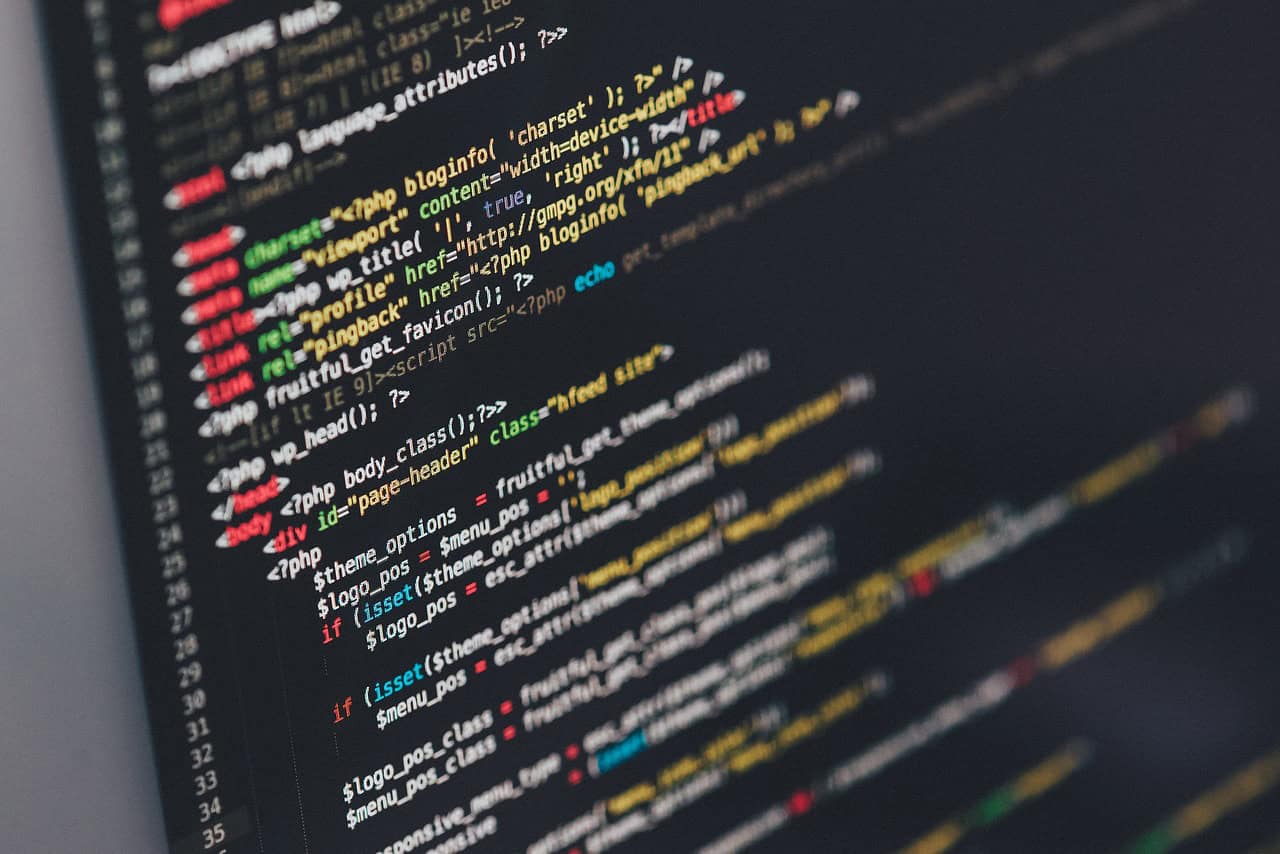Comprehensive Guide to Python Web Development
Python web development is a powerful field that allows developers to create versatile and dynamic web applications. The simplicity and vast libraries associated with Python make it a popular choice among developers. In this guide, we will explore the key aspects of Python web development, including frameworks, tools, and best practices that can help you kickstart your journey.
What is Python Web Development?
Python web development involves creating websites and web applications using the Python language. Its popularity stems from its readability, simplicity, and the strong ecosystem of frameworks.
Why Use Python for Web Development?
- Secure and mature language suitable for various applications.
- Rich library and framework ecosystem supporting rapid development.
- Strong community support across multiple industries such as fintech, AI, and machine learning.
Setting Up Your Development Environment
1. Install Python
To start, download Python from the official Python website. Follow the installation guidelines suitable for your operating system.
2. Choose a Web Framework
Popular frameworks to consider include:
- Django: Ideal for complex applications with built-in features.
- Flask: Lightweight framework best for smaller projects.
- Pyramid: Flexible and easy to scale.
- Bottle: Suitable for building simple web applications.
3. Set Up a Virtual Environment
Create a project folder and use tools like `venv` or `virtualenv` to set up a virtual environment to manage project-specific dependencies.
Installing Frameworks and Dependencies
Using pip
Utilize pip, Python’s package manager, to install your chosen framework. For instance, install Django using:
pip install djangoProject Initialization
Once the framework is installed, initialize your project. For Django, execute:
django-admin startproject projectnameConfiguring Settings
Edit your framework’s configuration file to set up essential details like database connections, security settings, and static file handling.
Defining Models
Models define your data structure and relationships. In Django, you can create models using a declarative syntax that maps to database tables.
Creating Views and Templates
Handling Requests and Responses
Views manage the logic of handling requests and generating responses. Connect your views to templates to render the desired UI for your application.
Defining URL Routes
Configure URL routing to map incoming requests to specific views within your application. This setup is crucial for organizing your app structure effectively.
Handling Forms and User Input
Implement form validation and processing to ensure secure handling of user input. This step is vital to maintaining data integrity and application security.
Popular Libraries and Tools
Enhance your Python web development with valuable tools:
- Flask for lightweight web applications.
- Django Rest Framework for building APIs.
- SQLAlchemy for SQL database interactions.
- pytest for testing your applications.
Best Practices for Python Web Development
- Adopt Test-Driven Development (TDD) for robust code.
- Ensure proper integration of back-end and front-end technologies.
- Prioritize security measures in every step of development.
- Keep learning through resources like Real Python.
Learning Resources
- Courses on Codecademy for interactive learning.
- Comprehensive tutorials on freeCodeCamp.
- Books like “Fluent Python” to deepen your understanding.
Conclusion
Python web development offers a broad spectrum of opportunities for developers. Whether you’re a beginner or an experienced coder, Python’s versatility and the supportive community can guide you through creating powerful web applications.
For more on Python web development, check out our related articles: Kickstart Your Journey, Master Python Web Development, and Unlock Your Potential.
Projects and Applications in Python Web Development
Key Projects
- Personal Blog Website: Create a simple blog platform using Django where users can register, create, edit, and delete posts.
- API Development: Use Flask to build a RESTful API for a task management system where users can create and manage tasks.
- E-commerce Platform: Develop a fully functional e-commerce site using Django, including a product catalog, shopping cart, and checkout process.
- Portfolio Website: Build a personal portfolio site showcasing projects and experiences using Flask, integrating a contact form for inquiries.
Python Code Examples
1. Personal Blog Website with Django
from django.db import models
class Post(models.Model):
title = models.CharField(max_length=200)
content = models.TextField()
created_at = models.DateTimeField(auto_now_add=True)
def __str__(self):
return self.title
2. RESTful API with Flask
from flask import Flask, jsonify, request
app = Flask(__name__)
tasks = []
@app.route('/tasks', methods=['GET'])
def get_tasks():
return jsonify(tasks)
@app.route('/tasks', methods=['POST'])
def add_task():
task = request.json
tasks.append(task)
return jsonify(task), 201
if __name__ == '__main__':
app.run(debug=True)
3. E-commerce Platform Example with Django
from django.db import models
class Product(models.Model):
name = models.CharField(max_length=100)
description = models.TextField()
price = models.DecimalField(max_digits=10, decimal_places=2)
def __str__(self):
return self.name
4. Portfolio Website with Flask
from flask import Flask, render_template
app = Flask(__name__)
@app.route('/')
def home():
return render_template('portfolio.html')
if __name__ == '__main__':
app.run(debug=True)
Real-World Applications
Python web development plays a crucial role in various industries, such as:
- Financial Technology: Building secure applications for banking, trading, and personal finance management.
- Data Analysis and Visualization: Creating dashboards and web applications that analyze and present data interactively using libraries like Dash.
- Healthcare: Developing applications for patient management systems, telemedicine platforms, and health monitoring.
- E-learning Platforms: Constructing interactive web applications for educational content delivery and progress tracking.
Next Steps
Now that you have a solid understanding of the fundamentals of Python web development, it’s time to dive deeper into hands-on projects. Consider building a simple web application using Django or Flask to apply what you’ve learned. You can also explore additional resources to enhance your skills, such as freeCodeCamp for comprehensive tutorials or innovative platforms like BrowserStack for testing your applications in different environments.
To further expand your knowledge, check out our articles on building APIs with Python and mastering the intricacies of database management in your web applications. With continuous learning and practice, you can unlock the full potential of Python web development and embark on creating dynamic, robust applications.
